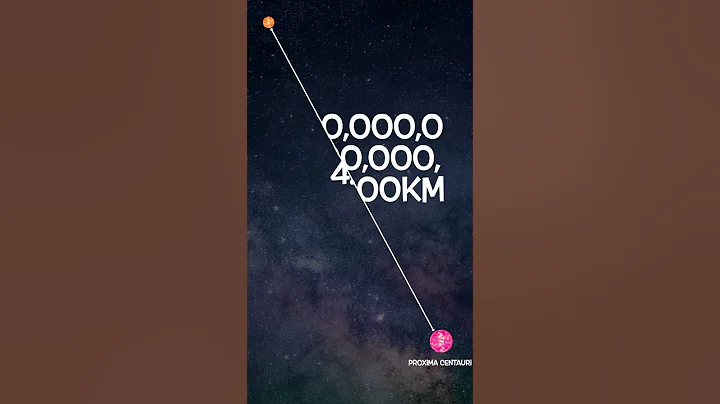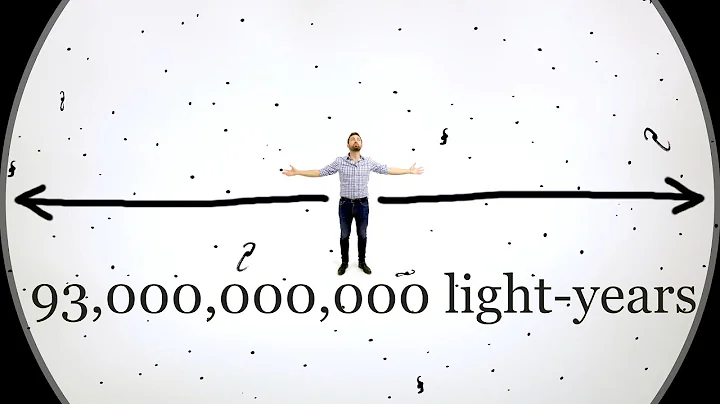In daily life, we often hear words like this, you need to think scientifically, you need to look at problems scientifically. It seems that adding the word "science" raises the level of expression and the requirements for the other party are much higher. So how can we think scientifically?
Let’s first look at the definition of science:
Science is an orderly knowledge system based on testable explanations and predictions of the form and organization of objective things. It is systematized and formulated knowledge. Its object is objective phenomena, its content is formal scientific theory, and its form is language, including natural language and mathematical language .
When you see this text, you and I feel very abstract. Is there a more popular understanding? There is. Usually when people talk about scientific thinking and scientific methods, most of them refer to scientific methods. What is the scientific way? Today we will talk about the two most important ones: summarizing and deducing .

Deduction and induction (picture source from the Internet)
The so-called induction method is to generalize universal principles from individual experience, and it is a way from the individual to the universal.
For example, the sum of the interior angles of acute triangle is 180, and the sum of the interior angles of a right triangle is 180 degrees. It can be inferred that the sum of the interior angles of the triangle is 180 degrees. Of course, it is a complicated process to prove that the interior angles of a triangle add up to 180 degrees. From an inductive method, this can be reasoned.
Why is this a scientific way? The induction method theoretically requires enumeration of all individuals. Once all individuals are truly enumerated, the characteristics derived will be no problem. Of course, it is impossible in most cases for all individuals to be grouped together. There is a special inductive reasoning method in mathematics and logic.
What about in our lives? How do we use inductive thinking, extract patterns from individuals or single events, and summarize individual experiences into universal principles? Maybe you have been using, for example, "The world is as dark as crows." This is an inductive conclusion, but the method here is not completely inductive.

There is such an anecdote, I don’t know whether it is true or not. But this is a good example. It is said that Hegel's students asked Hegel, what is a person? Hegel said "animals with hairless legs". Hegel's conclusion was derived by induction, and his student just gave him a counterexample (one day the student gave him a chicken with hairless legs). Hegel also used induction, but he did not use complete induction.
In our lives, we certainly cannot fully generalize, but we can verify the generalization with actual scenarios. For example, if there is a traffic jam on Monday morning, we have concluded that we should go out for 15 minutes every Monday morning. If 15 minutes is not enough, then 20 minutes. As we continue to summarize and revise, we can arrive at our optimal solution. The same is true for many things. Once you do it, you will have a record. If you do it twice or three times, you will have a summary. After the fourth time, you can do things according to the rules.

At work, we may often be persuaded to summarize and summarize. Is the significance of the summary still there? We summarize the results of the summary and form rules or principles. Only such summary can exert value.
The deductive method is just the opposite of the inductive method. It deduces specific results from general principles. This need has a major premise. To obtain correct results, we must ensure that this major premise is correct. For example, if we know that a battery is used to ignite a gas stove, and the gas stove cannot ignite, we can infer that the battery is out of power.

In actual work and life, we must understand the structure of things and understand the general laws behind things. We have a clear understanding of the structure and general laws of things. If there is a problem and how to solve it, we can use deductive methods to come up with solutions. For example, the connection points between task objects are prone to problems. This is a general rule. If one day a certain shopping website cannot pay under heavy traffic, there is a high probability that there is a problem with the link payment channel.
Of course, the examples given here are just a way of deduction, but as long as we have this kind of thinking, we can use this kind of thinking to solve many problems in work and life.
Deductive reasoning has forms such as syllogism, hypothetical reasoning, disjunctive reasoning, and relational reasoning. (If you are interested, you can study in detail)
Induction and deduction are very useful, but our lives are complicated. To solve problems that cannot be solved by common sense, we must not only use our own observations, but also the laws of things that we have mastered. Continuously alternate between induction and deduction. How to use
interchangeably? We need to find a good target and start from the problem.
First, determine what problem you want to solve?
For example, the gas stove cannot ignite.
Second, what are the possible causes of the problem?
1) There is no gas
2) The battery is bad
3) There is a problem with the gas pipe
etc.
Third, according to the reasons just assumed, think about what experiments can be used to verify them one by one.
You can check the gas meter to see if there is gas.
If there is a problem with the gas pipe, check whether it can be ventilated and whether there is air flow when the valve is released.
Fourth, predict the results of the experiment based on the laws of things you currently know.
follows the third step to think of experiments and verify step by step. There will definitely be results after verification. Maybe all the assumptions in the third step are wrong, so continue with the assumptions. The so-called bold assumptions of should be carefully verified in .
Fifth, observe the results of the experiment and see which one matches your prediction.
may match one item, or may not match any item. This ability needs to be developed gradually.
Sixth, from the experimental results, we draw the conclusion .
If the first five steps are completed well. Here is the result. This conclusion can solve why the gas stove cannot light the fire. Next time there is a problem with the gas stove, we can use the conclusion to verify it.
Through these six steps, we can think accurately. Only accurate thinking can touch the truth of the matter.
How can we think scientifically? To make good use of induction and deduction, we must apply them skillfully, and we should use them alternately and fused.











